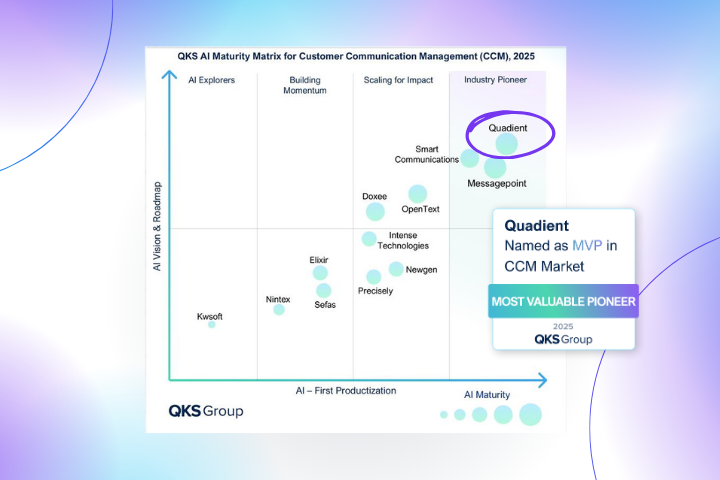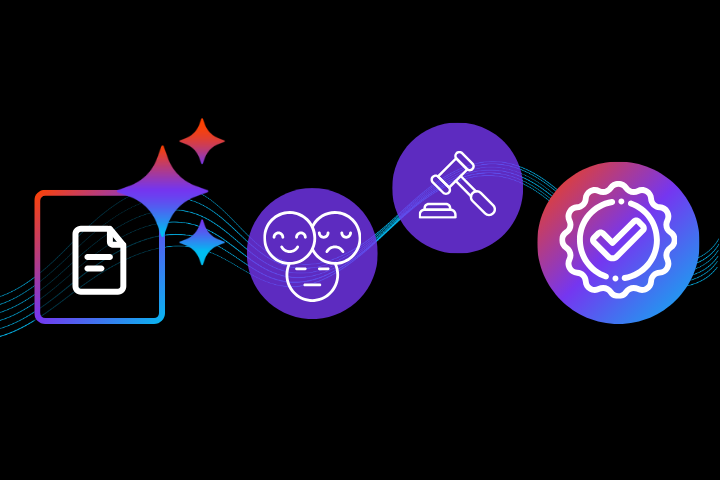Introduction
Today, businesses generate vast amounts of digitized data and documents. This torrent of information necessitates effective archiving solutions to organize, preserve, and access. Digital archiving is transforming how we manage important documents. Organizations can unlock numerous benefits by shifting from paper-based systems to digital archiving.
This article defines digital archiving and shares the steps to create an electronic archive. We also explore its benefits for businesses across geographies and sectors.
What is digital archiving?
Digital archiving for business involves preserving and storing digital information and documents related to a company's operations. It ensures electronic records are accessible, secure, and intact long-term. It’s akin to creating a secure, organized, and accessible library of data in electronic form

Archiving helps businesses manage data effectively. It minimizes physical storage requirements and reduces the risk of data loss due to unexpected events like fires or natural disasters.
Steps to create a digital archive
Start by determining the content to be archived. This can include documents, images, videos, and audio files.
Next, assess the content’s significance and determine its long-term value. This helps to prioritize resources and efforts to preserve the most valuable data.
Once you’ve determined the content you want to archive, create descriptive metadata to enable efficient retrieval. Make sure to include the title, creator, date, and keywords for the best results.
Since file formats can become obsolete, you may want to convert files into more widely supported formats to ensure future accessibility.
Digital archives require secure storage and multiple backups to guard against data loss due to hardware failure, accidental deletion, or cyberattacks. A large number of businesses use cloud storage for this purpose.
To protect sensitive data in your archive, implement access controls to manage who can access, view, and modify the archived data.
Digital archiving solutions are designed to facilitate and automate this process.
A solution like Quadient Impress tracks all activity centrally in real time for a complete and holistic view of what you send out. You can share reports across your organization to provide greater visibility, and everything is archived so you can quickly reference historical communications and account activity.
Digital archiving benefits
Digitizing archiving offers businesses several benefits, transforming how they manage and access their information.
Some of the key advantages include:

1. Easy access and retrieval: Electronic archives provide quick and easy access to documents and files. Indexing and search functionalities enable employees to find information within seconds. This saves time otherwise spent manually searching for information.
Example: Using searchable digital archives, an accounting firm can quickly locate historical financial records to speed up financial analysis.
2. Enhanced data security: Digital archiving employs encryption and access controls safeguarding sensitive business information. This ensures that sensitive business information is protected from unauthorized access and reduces the risk of data breaches.
Example: An insurance company can safeguard confidential client data in adherence to data protection regulations.
3. Simplified collaboration: Digital archiving facilitates seamless collaboration among team members, even in different locations.
Example: Using cloud-based document storage, employees of a multinational corporation can collaborate on shared files, regardless of location.
4. Space and cost savings: Digitizing documents reduces the need for physical storage space and associated expenses.
Example: A wholesale business can digitize supplier contracts and invoices, reducing the need for physical storage facilities.
5. Disaster recovery: Digital archiving facilities disaster recovery to ensure business continuity.
Example: In a natural disaster, a manufacturing company can recover production plans from off-site digital backups, ensuring minimal downtime.
6. Audit and compliance preparedness: Digital archiving simplifies the process of auditing and compliance adherence.
Example: A hospital can simplify audits and meet regulatory requirements through convenient and secure access to patient records in an archive.
7. Version control and document history: With digital archiving, businesses can effortlessly track document changes and maintain a comprehensive version history.
Example: To efficiently manage lease agreements, a property management firm can provide its staff with easy access to current information stored in an archive.
8. Improved customer service: Digital archiving streamlines customer service operations.
Example: An insurance provider can store customer inquiries digitally, enabling support agents to respond to queries efficiently and effectively.
9. Environmental responsibility: Digital archiving contributes to a company's environmental sustainability efforts by reducing paper usage.
Example: An eco-conscious manufacturer that adopts digital archiving services can align its document management with its environmental values.
Conclusion
Digital archiving revolutionizes the way businesses manage information, unlocking the host of benefits we’ve outlined here. Embracing digital archiving is a sound business decision and essential to remaining competitive in the digital age. As businesses continue to generate vast amounts of data, adopting archiving practices becomes increasingly critical to success.







